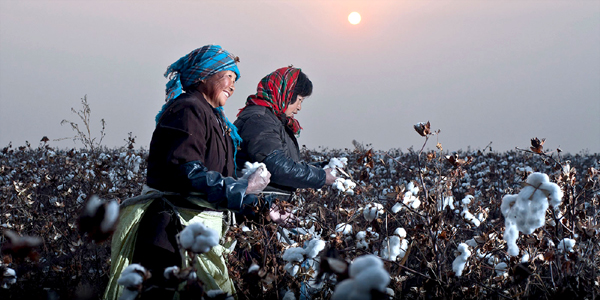Xinjiang to turn into textile hub under One Belt
Jan 13, 2016
Xinjiang, a city in the western province of China, is witnessing a surge in jobs in the textile industry, even as the cotton belt is under scanner of the Chinese government. Beijing is also making its first serious attempt to address the economic issues in the region.
The Youngor cotton spinning factory is one of the biggest employers in Aksu, a town in Xinjiang region, while other companies like yarn maker Huafu Top Dyed Melange Yarn is already at work on a 5 billion Yuan plant. Similarly, Texhong Textile Group Ltd, one of China’s top spinning firms aims to create 1 million jobs in the region.
“Aksu is in talks with textile companies on plans to build a 50,000-tonne waste water treatment facility to handle discharge from future dyeing operations,” said Youngor’s Xu, who has attended the recent government meetings on the issue.
Xinjiang grows more 60 per cent of China’s cotton and has become the heart of the new Silk Road into Central Asia. President Xi Jinping expects to see trade with over 40 countries rise to about $2.5 trillion within the next decade. The Chinese government is all geared up with its “One Belt, One Road” initiative, which was announced by Xi in late 2013, and plans of turning Xinjiang into a textile hub. Massive investments have already been made in this regard for running of new railways from eastern China through Xinjiang to Central Asia and over into Europe. The plan would give Xinjiang companies an edge over other manufacturers that have so far relied on Ocean Freight.
Although the region has attracted tremendous support from the government, yet there are several issues, like water scarcity and its location, which need to be addressed in order to meet the expectations of a textile hub.
Source: APPAREL RESOURCES
